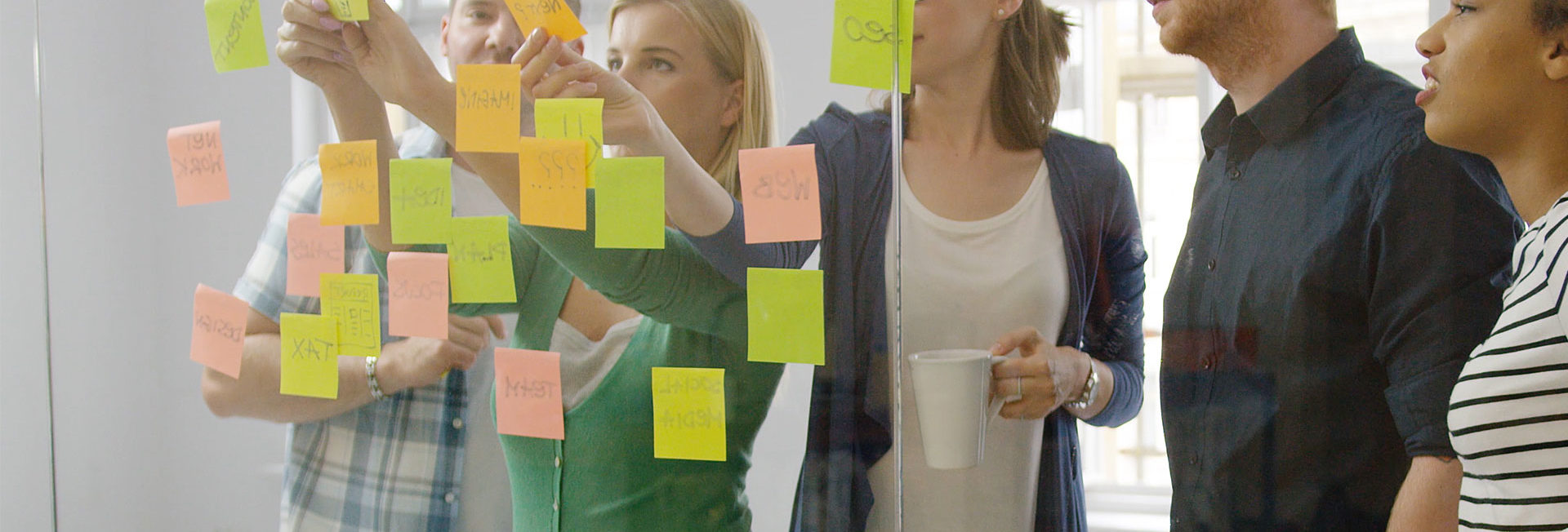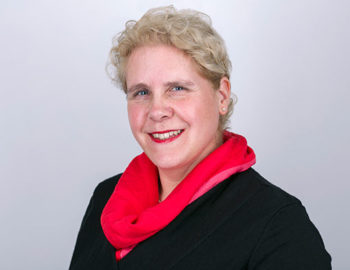Creating ‘Safe-to-Fail Spaces’ Part 2 – Process
by Dr Andrzej Grossman
Creativity and innovation rely on people feeling encouraged and able to make mistakes without fear of retribution, exclusion or ridicule.
In this two-part blog series, we will look at two key components to creating ‘Safe-to-Fail’ environments: relationships and process.
This blog will look at the process element of creating these environments. The previous blog, written by Susanne Schuler explored the relationship side and can be accessed here.
Why are ‘Safe-to-Fail’ Spaces so Important?
How many times have you had an idea and you haven’t aired it, most likely for fear of embarrassment?
The chances are it has happened at least once, if not more.
Times that by the number of people in your team, your department and your organisation and suddenly there are a lot of ideas that have never seen the light of day.
Not all ideas will be good, in fact, a lot may be ‘rubbish’. However, it is often necessary to work through ‘rubbish’ ideas in order to get to the chosen one – that is creativity and innovation in action.
People will only bring forward ideas when they trust the people they work with and the process they work in.
Creating a Process for Innovation
There are many theories about creative thinking and approaches to innovation.
As humans, we intuitively know the importance of social connectedness and that being creative and coming up with new ideas requires establishing a collaborative environment; an environment and mind-set which allows everyone in the team to contribute.
But how much quality time do you devote to being creative?
Do you have a team process that helps the team boost their creativity?
Here are to creating a process for innovation:
- Agree on the challenge the team is to address
- Set out rules for emotional safety by asking everyone to give full attention to everyone who speaks. That means speaking one at a time and not having side or breakoff conversations
- Give everyone in the team time to work on their own in complete silence to consider potential solutions
- Give everyone the opportunity to contribute without interruption from others, and not let anyone dominate the discussion
- Once team members have shared their thoughts, ask each team member to comment on each idea by saying “what I like about this is…and what I would add to it is…”
- Discuss overlaps or search for common themes
- Through discussion (and continuing to adhere to the emotional safety rules) agree which themes deserve more thorough exploration
- Finally, agree next steps.
Creativity can often be thought of as a chaotic, stream of consciousness out of which emerges a golden idea.
Maybe that happens sometimes.
However, most of the time creativity requires a deliberate process to allow for individual thinking, constructive feedback and time to explore ideas which may otherwise have never surfaced.
By adding a basic framework in which the team can cooperate you will find a growing sense of ease with and commitment to the creative process which is much more effective than relying on odd and sporadic moments of inspiration.
It also allows for the inclusion of all voices which may otherwise not be heard.




